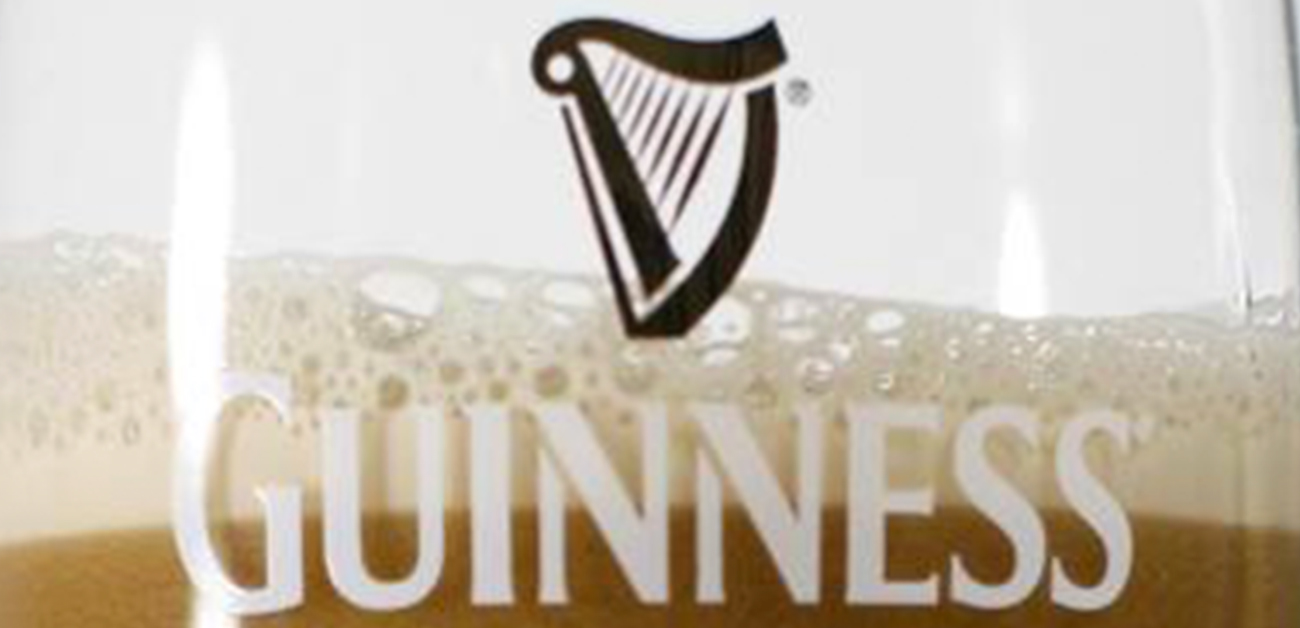
Does bubble cascade form only in a glass of Guinness beer?
Researchers from Osaka University and Kirin HD explain the physics that underpins cascading flow of nitrogenated stout beer, with applications to water purification and pharmaceutical production
As far back as 1959, brewers at Guinness developed a system that fundamentally altered the texture of their draught beer. Now, researchers from Japan have solved the physics of Guinness' cascading flow, which will have widespread applications to technology in life and environmental sciences.
In a study recently published in Physical Review E, researchers from Osaka University have revealed why the nitrogen bubbles of Guinness draught beer flow similarly to a fluid.
The bubbles of many just-opened carbonated beverages simply move upwards, following Archimedes’ principle. Much of the appeal of the draught from Guinness beer is that the bubbles sink and flow collectively, known as “bubble cascade.” Brewers and researchers believe this collective flow behavior must have something to do with how draught Guinness beer is dispensed. At present, the physics of the collective flow remains unresolved, something the researchers at Osaka University aimed to address.
"A wide range of lab work and computational simulations has been useful for estimating individual and collective bubble motion, but only after the flow has occurred," says lead and senior author of the study Tomoaki Watamura, Osaka University. "We're interested in predicting cascading flow via mathematical modeling, rather than results from experiments or simulations after the fact."
To do this, the researchers used numerical simulations to approximate the fluid and bubble particles of cascading draught beer. Bench work experiments consisted of testing a transparent “pseudo-Guinness fluid,” which is a mixture of ultra-small hollow particles in tap water, and actual Guinness beer.
"The simulation results matched experimental data, over a wide range of glass sizes and other conditions," explains Watamura. "We have developed the most successful simulation of cascading flow in Guinness beer to date."
Intriguingly, cascading bubbles may not require a nitrogenated stout beer after all.
"The bubble diameter and bubble volume fraction in carbonated water, poured into the approximate dimensions of a common 200-liter drum with inclination angle, facilitate cascading bubbles," says Hideyuki Wakabayashi, Kirin HD. “Furthermore, the associated fluid motion near an inclined container wall pertains to maintenance of product quality during brewing, suggesting an immediate application of our findings."
In addition to proving insight into optimizing brewing conditions, this research has clear applications to any work that involves fermenters or cell incubation. As such, the Osaka University and Kirin HD researchers' findings may be used to meet diverse needs, such as pharmaceutical production from industrial-scale cell cultures, and city water purification.

Figure 1 Bubble texture of Guinness beer in a pint glass, featuring the creamy taste of tiny bubbles and fascinating texture motion

Figure 2 Bubble motion in a trapezium glass: Each drink (from left to right in each panel, Guinness beer; Heineken beer; Champagne; Coke; Carbonated water) was poured into a trapezium glass. The corresponding movie is presented in the Supplementary Movie:
https://journals.aps.org/pre/supplemental/10.1103/PhysRevE.103.063103

Figure 3 (a) Configuration and snapshot of particle concentration distribution. (b) Comparison of the distribution of simulated particles (left) and Guinness beer bubbles (right) at the midpoint. (c) Snapshots of a bubble-concentration wave forming in: a pint glass (top left), a cocktail glass (top center), and a 1-oz (30-ml) shot glass (top right). Phase diagrams of scaled velocity fluctuation (bottom). The shaded areas correspond to the typical dimensions of the glasses. The corresponding movie is presented in the Supplementary Movie:
https://journals.aps.org/pre/supplemental/10.1103/PhysRevE.103.063103
The article, "Bubble cascade may form not only in stout beers," was published in Physical Review E at DOI: https://doi.org/10.1103/PhysRevE.103.063103.
